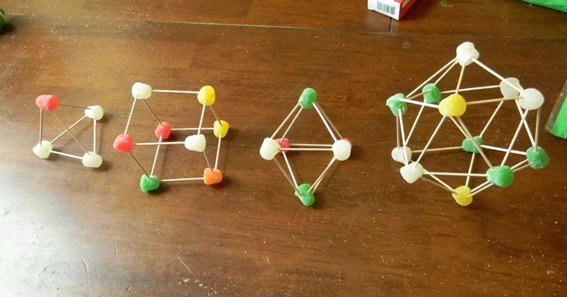When students ask “toothpickase graph why it platos,” they notice that, after a certain point, breaking more toothpicks doesn’t speed up—because the enzyme (your hands) is working at its maximum capacity.
What the Toothpickase Graph Shows
In a typical enzyme‑model activity, you plot substrate concentration (number of unbroken toothpicks) on the x‑axis against reaction rate (toothpicks broken per second) on the y‑axis. At low substrate levels, the rate rises almost linearly, as more substrate means more opportunities for toothpickase to work. Eventually, the curve “platos” (plateaus), indicating that adding more toothpicks no longer increases the rate.
Why the Graph Plateaus: Enzyme Saturation
The plateau corresponds to Vmax—the maximum rate at which toothpickase can operate. Even if the bowl were filled with toothpicks, your hands can only break them so fast. At this point, every active site is occupied continuously, so the enzyme is saturated and the rate can’t increase further The Biology Corner.
Key Factors Leading to the Plateau
-
Active‑Site Limitation: Only one toothpick fits between your thumb and finger at a time.
-
Finite Reaction Time: Each breaking event takes a small, but unavoidable, amount of time.
-
Product Accumulation: Broken toothpick halves mix with unbroken ones, making them harder to find at high densities.
Shifting the Plateau: Enzyme & Environmental Effects
-
Increasing Enzyme Concentration: More “hands” (enzymes) raises Vmax, shifting the plateau upward.
-
Temperature & pH: Optimal conditions increase the speed of each break, elevating Vmax; extremes can denature “toothpickase,” lowering the curve.
-
Competitive Inhibitors: Adding paperclips or similar objects that mimic toothpicks reduces effective active sites, lowering Vmax and causing an earlier plateau.
FAQ
-
What does the plateau on the toothpickase graph represent?
It represents Vmax, where all active sites are continuously occupied and the reaction rate is maximal and unchangeable. -
How is Vmax determined in a toothpickase experiment?
By observing where the reaction‐rate curve levels off despite increases in substrate concentration. -
Why doesn’t the reaction rate keep rising with more substrate?
Because the enzyme’s active sites are saturated, no additional substrate can be processed until the current reactions finish. -
Can changing the enzyme concentration alter the plateau?
Yes—doubling the number of “toothpickase” enzymes (hands) doubles Vmax, raising the plateau. -
How do temperature and pH affect the plateau?
Optimal temperature and pH increase catalytic efficiency (higher Vmax); extreme conditions denature the enzyme, lowering or eliminating the plateau.Stay tuned to learn more about what-are-some-good-reasons-why-oklahoma-drills-are-good










